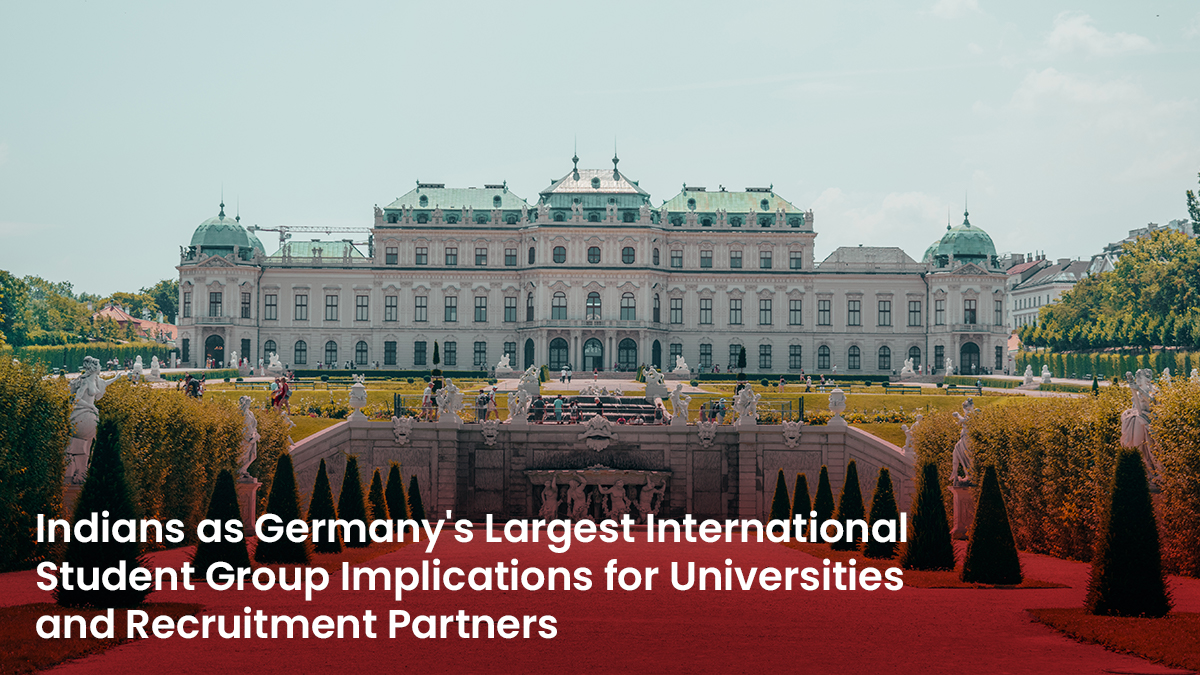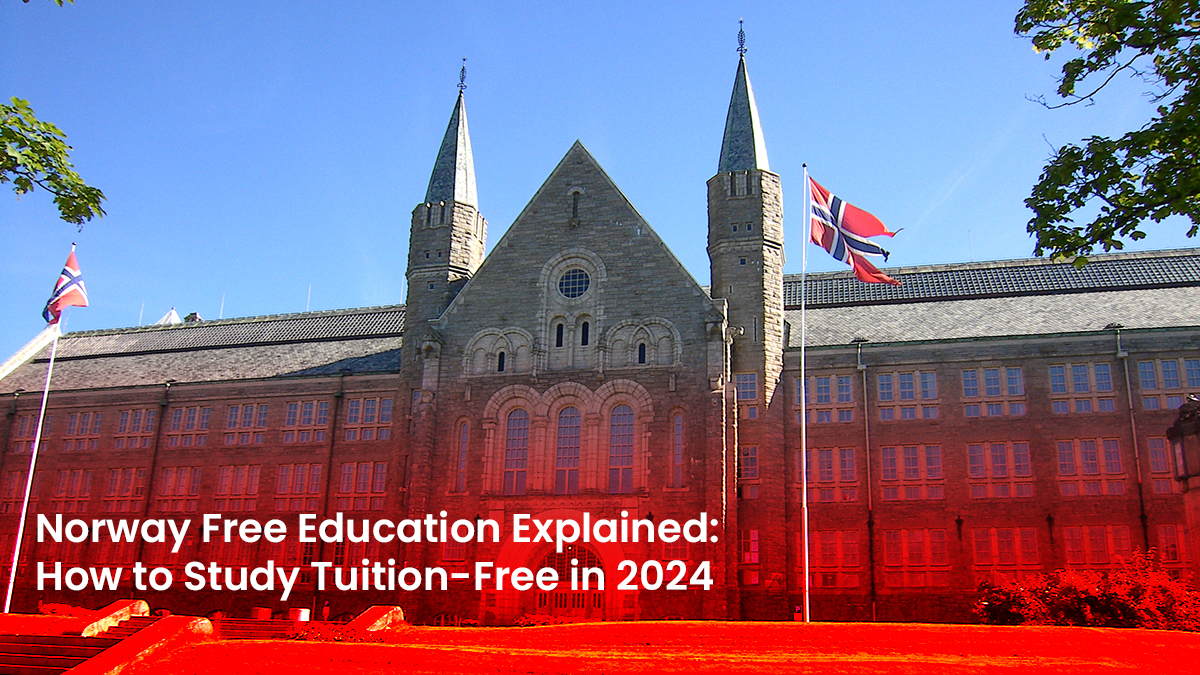In recent years, a significant shift has been observed in the demographics of international students in Germany. Indians have emerged as the largest group, surpassing Chinese students for the first time ever. As of 2022, there are nearly 43,000 Indian students enrolled in various German universities, marking a notable increase from previous years. This trend is not just a statistic but a reflection of deeper socio-economic and educational dynamics.
The Surge in Numbers
According to the German Academic Exchange Service (DAAD), the number of Indian students in Germany has seen a dramatic rise, reaching 42,997 in 2022. This represents a 26% increase from the previous year and a doubling of numbers from five years ago. In 2018, there were 20,810 Indian students in Germany, and this number has since more than doubled, indicating a sustained and growing interest in German higher education among Indians.
What does this mean for Universities?
1. Curriculum and Academic Offerings
German universities may need to evaluate and possibly adapt their academic offerings to better align with the preferences and strengths of Indian students. Engineering, Information Technology, and Business Management are popular fields among Indian students. Offering specialized courses or programs in these areas could attract more students and enhance the institution’s appeal.
2. Language and Cultural Integration
While many programs in Germany offer instruction in English, the increasing number of Indian students might necessitate a broader range of support services, including language assistance and cultural integration programs. Initiatives that facilitate a smoother transition to living and studying in Germany can lead to higher student satisfaction and retention rates.
3. Partnership with Indian Institutions
Establishing partnerships with Indian universities can be a strategic move for German institutions. These partnerships could involve student and faculty exchange programs, collaborative research projects, and dual degree programs, which would not only attract more students but also enhance the global stature and network of the German universities.
For Student Recruitment Partners- Time to leverage the trend
1. Targeted Marketing Strategies
Recruitment partners need to tailor their marketing strategies to address the specific needs and aspirations of Indian students. Highlighting scholarships, internship opportunities, and career prospects in Germany can be effective. Additionally, showcasing alumni success stories can provide prospective students with relatable role models and real-world outcomes of studying in Germany.
2. Pre-departure Support and Orientation
Given the significant cultural and educational differences between India and Germany, recruitment agencies should offer comprehensive pre-departure orientation sessions. These could cover academic life, lifestyle adjustments, visa processes, and financial management, all of which are crucial for easing the transition for students.
3. Expanding Services
There is an opportunity for recruitment partners to expand their service offerings to include post-arrival support. This can encompass assistance with accommodation, registration with local authorities, setting up bank accounts, and integrating into the student community. Providing a one-stop solution can distinguish a recruitment service in a competitive market.
4. Collaboration with German Universities
To streamline the recruitment process, agencies can form stronger collaborations with German universities. This could involve regular updates on program changes, admissions criteria, and feedback on student performance. Such collaborations can ensure that the recruitment processes align with the universities’ expectations and standards, thus improving the success rate of applications.
Conclusion
The increasing influx of Indian students to Germany is reshaping the educational landscape, presenting new opportunities and challenges for universities and student recruitment partners alike. By embracing these changes and innovating in response, both universities and recruiters can enhance their global appeal and effectively support this vibrant community of international scholars. This shift not only benefits the students and institutions involved but also contributes to the rich, intercultural dialogue that is essential in today’s globalized educational environment.












